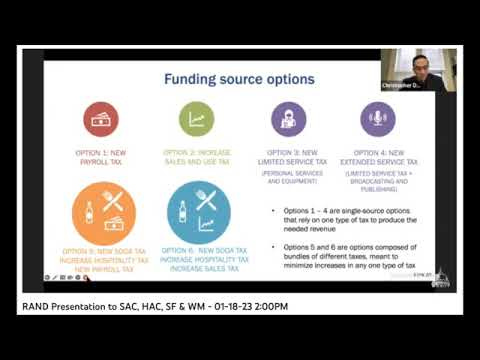The $383 million price tag for childcare is a launch pad, not a ceiling
For several years now, the Vermont childcare “stakeholders” (the political euphemism for “special interests”) have been pushing for a massive expansion of state subsidies and regulation of childcare. In preparation for their big push in 2023, lawmakers passed a law calling for an in-depth study of what it would cost and how we might pay for this wish li…
Keep reading with a 7-day free trial
Subscribe to Behind the Lines: Rob Roper on Vermont Politics to keep reading this post and get 7 days of free access to the full post archives.



